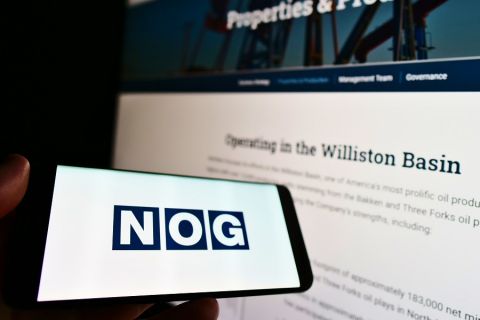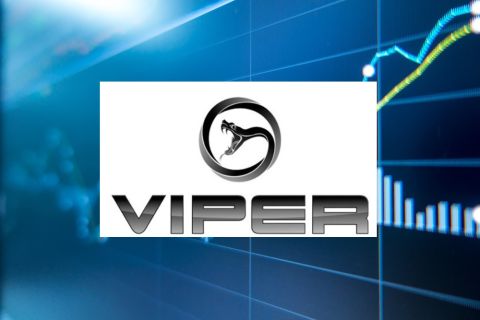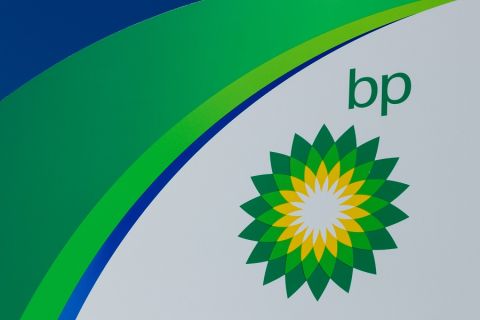Hart Energy:
Are you actively growing and developing oil and gas assets in the Midcontinent area?
Calvin Cahill:
We have gone from zero to over 100,000 mcf a day as a company over a five-year period. It was very slow the first couple years. We're more into the development stage and we’ve held half of our acreage. We have a rig running right now. Our primary zone that we're drilling for at it with the returns that we need which is greater than 30% rate of return, is the Woodford. We have three zones which is the Woodford and going up from the bottom up Maze and in the Caney. Each of those would hold zones for us that that hold the acreage but on this particular point right now we're going to actually go back and start downspacing development for the end of 2019 and into 2020.
Hart Energy:
Calyx Energy has had success in Calyx I and II. Walk us through that and your approach now.
Calvin Cahill:
In some ways Calyx I and II were oil dominated plays. They were in the upper part of the basin that makes up the northern part of our acreage now. We were actually continuation but we wanted to go to natural gas. We think that with the LNG Market on this again five years ago the development of it that it could give us a very good growth profile that could benefit of a large play like ours we have a lot of gas in place it's wet gas and we feel that that's competitive with even dry gas like the Haynesville that's closer to market but with the liquid we feel we can be price competitive with them.
Hart Energy:
Talk to us about production in the Woodford Shale and being an early entrant.
Calvin Cahill:
First, it wasn't developed as a wet gas play. Arkoma is known as dry gas and NARS is wet gas. We have been able to produce that commercially from both that and the Caney Zone. The benefit we have of being an early entrant into the play, is we have a very blocky acreage and then we have 150,000 acres and it's almost all contiguous. Meaning the ability to drill instead of just a 6:40 we can drill in Oklahoma. We can drill up to three sections to put together one well. It's really important for economics. This last year we averaged 3.3 wells per pad, meaning we had all the infrastructure in one place instead of having to spread out. Four well pads can hold up to 12 sections at a time.
Hart Energy:
How do you work to stay ahead of the technological curve? Including offshore drilling technology.
Calvin Cahill:
It’s difficult. Each zone is actually different as we're dealing with them, different brittleness etc. So there's quite a bit of change per zone. It's more of taking our toolkit over here and finding out which one we can do. Today what’s really important is the economics. So it's great we have tools that will do a certain thing but if we can get 85 or 90% of that with a tool that cost half as much, it keeps us commercial. That's what we've done, we've lowered our cost per foot drill to some of the lowest that I've seen it in the business. We are shallower and that gives us an advantage. It has really made a difference for us running a rig today where a lot of people had to stop. We still have economics in a very poor price environment.
Hart Energy:
How do you find the positives and keeping moving forward with the different stages and cycles Calyx has seen?
Calvin Cahill:
Yes. It’s not only just finding oil and gas. It's the ability to do it commercially. To do that, we are a very lean operation. The idea when we do drill something it has to shorten the time. It has to do something that's going to add into either a cost reduction or an increase in EUR. It's a real challenging market. One of the more challenging markets that I've been in my career.
Recommended Reading
Northern Oil and Gas Ups Dividend 18%, Updates Hedging
2024-02-09 - Northern Oil and Gas, which recently closed acquisitions in the Utica Shale and Delaware Basin, announced a $0.40 per share dividend.
Viper Energy Announces Pricing of Diamondback’s Secondary Common Stock Offering
2024-03-06 - Viper Energy will not receive any of the gross proceeds from Diamondback’s secondary offering of its Class A common stock.
TPG Adds Lebovitz as Head of Infrastructure for Climate Investing Platform
2024-02-07 - TPG Rise Climate was launched in 2021 to make investments across asset classes in climate solutions globally.
BP Pursues ‘25-by-‘25’ Target to Amp Up LNG Production
2024-02-15 - BP wants to boost its LNG portfolio to 25 mtpa by 2025 under a plan dubbed “25-by-25,” upping its portfolio by 9% compared to 2023, CEO Murray Auchincloss said during the company’s webcast with analysts.
Kimmeridge Fast Forwards on SilverBow with Takeover Bid
2024-03-13 - Investment firm Kimmeridge Energy Management, which first asked for additional SilverBow Resources board seats, has followed up with a buyout offer. A deal would make a nearly 1 Bcfe/d Eagle Ford pureplay.





